Meet Haiku: low hearing and vision, but high quality of life!
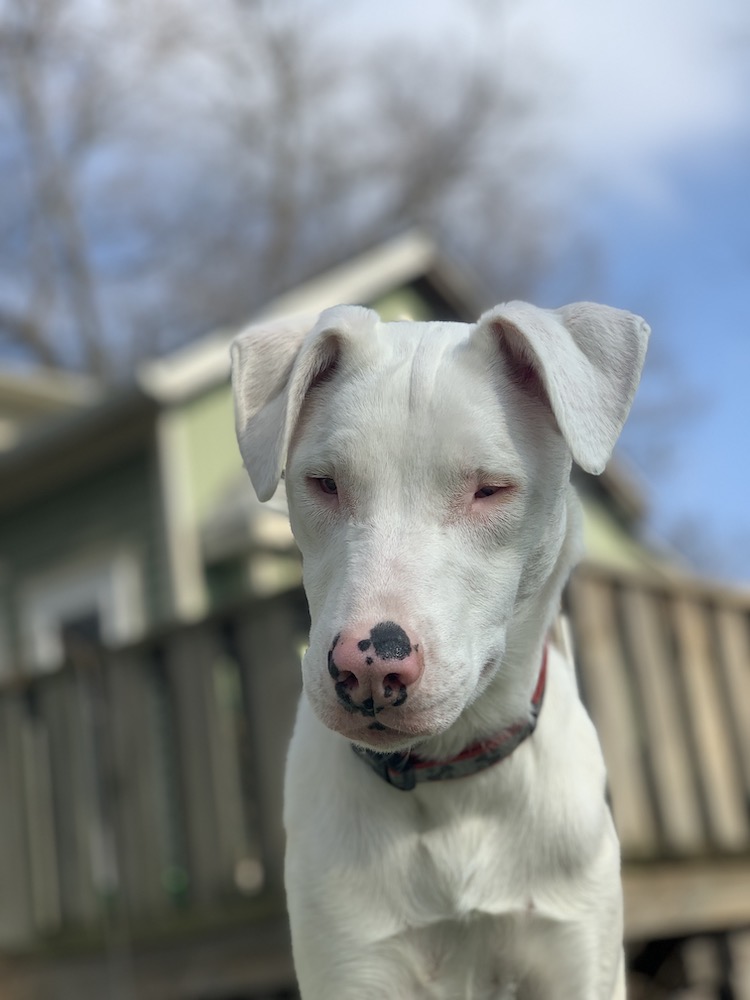
Here is a closeup of Haiku’s eyes — they work a little, but not well.
by Theresa Herron
Haiku is a 3-year-old Aussie/border collie mix who lives here in Manchester. She was adopted from the Lucas County Pit Crew rescue in Toledo, Ohio. She has a moderately popular TikTok account, @haiku_cant_hear_you (she has over 28K followers). She loves all people, especially the important ones like her mom, dad, and human siblings. Also she was born deaf and mostly blind. How did this happen?
Dog breeding is a science, and a lot of factors go into any breed’s shape, size, coat color, and ear shape, among many other characteristics. However, some dog breeding is accidental and no consideration is given to the potential resulting puppies. For Haiku, a careless dog owner and a dog who was able to escape her home at just the right time were all that was needed. Haiku was part of a litter of eight puppies, three of which were born with significant eye and/or ear issues. Shortly after the puppies were born, their mom escaped the home again and was struck and killed by a car. Facing the prospect of bottle feeding eight small puppies, the owners surrendered most of them to a shelter. Two of the puppies were mostly white and had under-formed eyes; a third was white and tan and had what appeared to be one “normal” eye. These three were what is called “double merle” puppies.
In the case of parent dogs with a merle coat color, the combination of parent genes has big consequences. “Merle” coat, also called “dapple,” means the fancy, spotted coat we sometimes see in a variety of dog breeds including Great Dane, boxer, border collie, dachshund, Australian shepherd, corgi, Pomeranian, and others. The gene that causes coat pigment in dogs also controls eye and ear formation. When a solid color–coat dog is bred with a merle, the resulting puppies will only have one merle gene, which is what creates the pretty spotted patterns of a merle coat. When two merle parents are bred together, however, 25% of the puppies will carry two merle genes, which typically results in a mostly white coat and significant effects to the eyes and ears of the puppy. (You may remember science class in grade school, and charts about pea plants.) 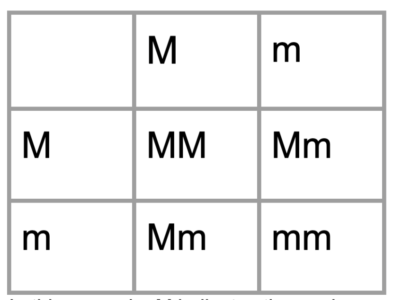
When two merle parents (Mm) are bred together, 25% of the puppies will carry two merle genes (MM) which typically results in a mostly white coat and significant effects to the eyes and ears of the puppy. In this example, M indicates the merle gene, and m means typical coat color. The puppies that get the Mm combination will get the pretty merle coat. The puppies with the mm combination will get a solid-color coat. The puppies with MM will be “double merle” and have some/all of the conditions that come along with that gene combination.
Incidentally, the same gene controls merle coat in all of the breeds that have been identified — this indicates that merle was a mutation that occurred far back in dog history, before humans had intervened and bred dogs into distinct breeds. This also means that a merle border collie and a merle boxer (or two entirely “Heinz 57” merle coat dogs) can produce puppies with two merle genes. Haiku is not a purebred dog, and genetic testing shows she is a mix of Australian shepherd, border collie, pit bull, and a few other breeds.
What does this mean for the average dog owner? If you have a solid-coat dog and/or have it spayed or neutered, this information may be interesting, but won’t have any application. If, however, you have a dog with a dapple or merle coat and they are not spayed/neutered, there is always a chance that double merle puppies are in your future. Obviously, that is preventable, as was the situation that led to Haiku’s litter. Responsible breeders know to avoid merle-merle breeding. “Backyard breeders” and people who don’t spay/neuter their dogs will always be here. And once you start looking for them, you may notice that double merles are less uncommon than you thought.
In Haiku’s case, there is a lot to be happy about. Even though she has malformed/under-formed eyes, which is called microphthalmia, and her eyes don’t work like they should, she is pretty successful at many things. She is also deaf, though she can hear a loud clap in a quiet room. Haiku is very smart and has learned a lot about how to get around the world. She learned to ring a bell at the back door to ask to be let out (she actually learned this from a dog sibling and her humans were very surprised when she did it the first few times). She goes out and finds her way back to the door without assistance. When it’s dark outside she can be “called” back to the door with a flashlight, if needed, because she can see some amount of light. She knows the routines of the house and rarely bumps into things. She can get on and off the couch, and goes up and down the stairs without any help. She goes for walks just like any other dog, and sniffs the neighborhood just like her dog siblings. When the other two get excited, she knows something good is happening and is usually at the door when we come home, along with them. In some ways she is more perceptive than her sighted/hearing siblings — for example, she can detect a treat flying past her nose, even though she can’t see it, and knows when something she wants has been put on a shelf (she “finds” it and barks to complain). Overall, she has a pretty happy life, despite her sensory shortcomings.
If you are interested in seeing her in action, you can find videos at her TikTok page @haiku cant hear you or at her Instagram @haiku.the.border.collie — videos showing how special she is, but mostly how very normal she is. And if you are interested in adopting a double-merle puppy, they can often be found on sites like Petfinder.com because, well, humans aren’t always responsible with their dogs. You can also see Haiku out for walks most days here in town!
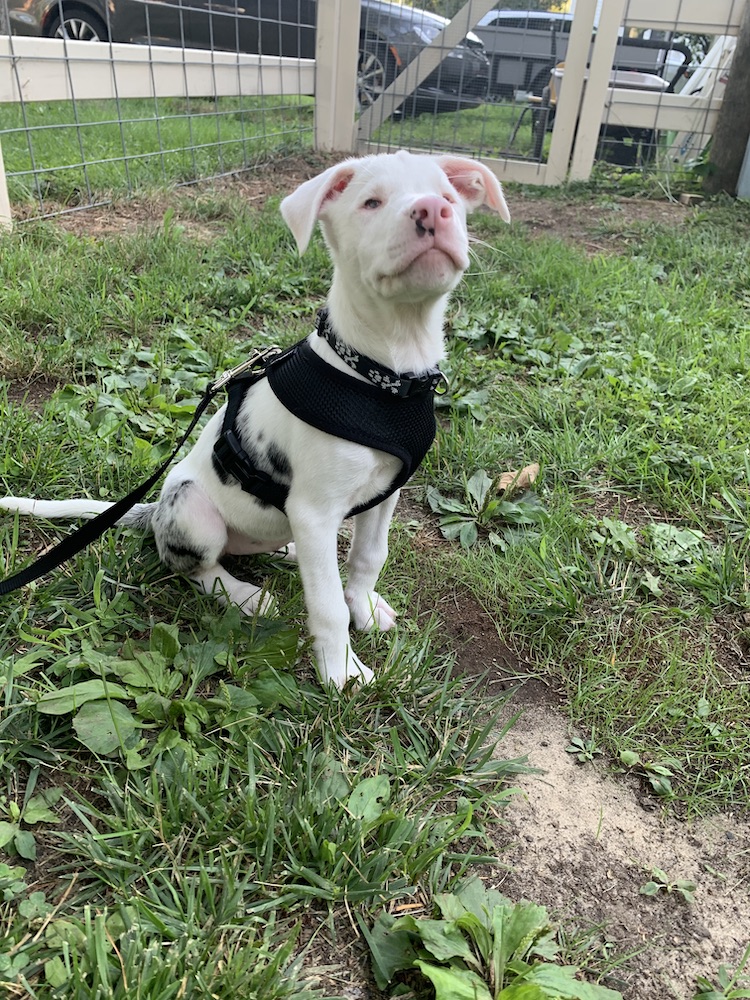
When she was a puppy, Haiku was absolutely adorable … and surprisingly easy to train. She learned very quickly that the back yard was the place to pee and never had an accident after that first summer. She learned how to take treats gently. She’s a smart girl.
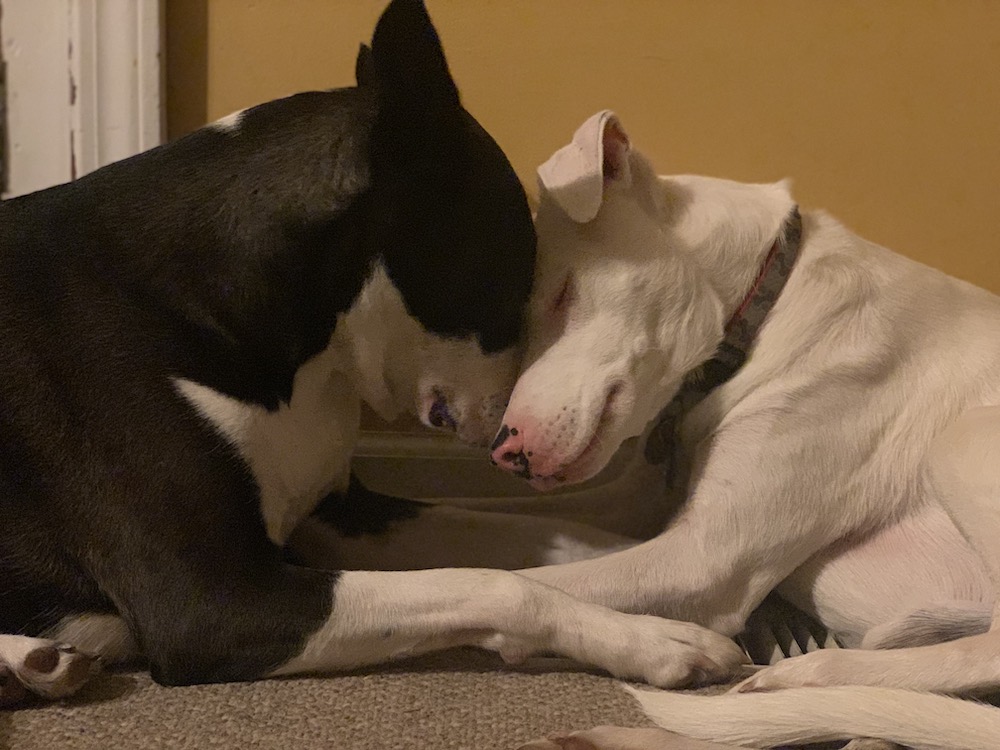
Despite their differences, the dogs at our house get along. Haiku’s inability to read other dogs’ body language, combined with her own body language that can look like a challenging stare, have led to other dogs attacking Haiku without much warning. We don’t let other dogs get close anymore.
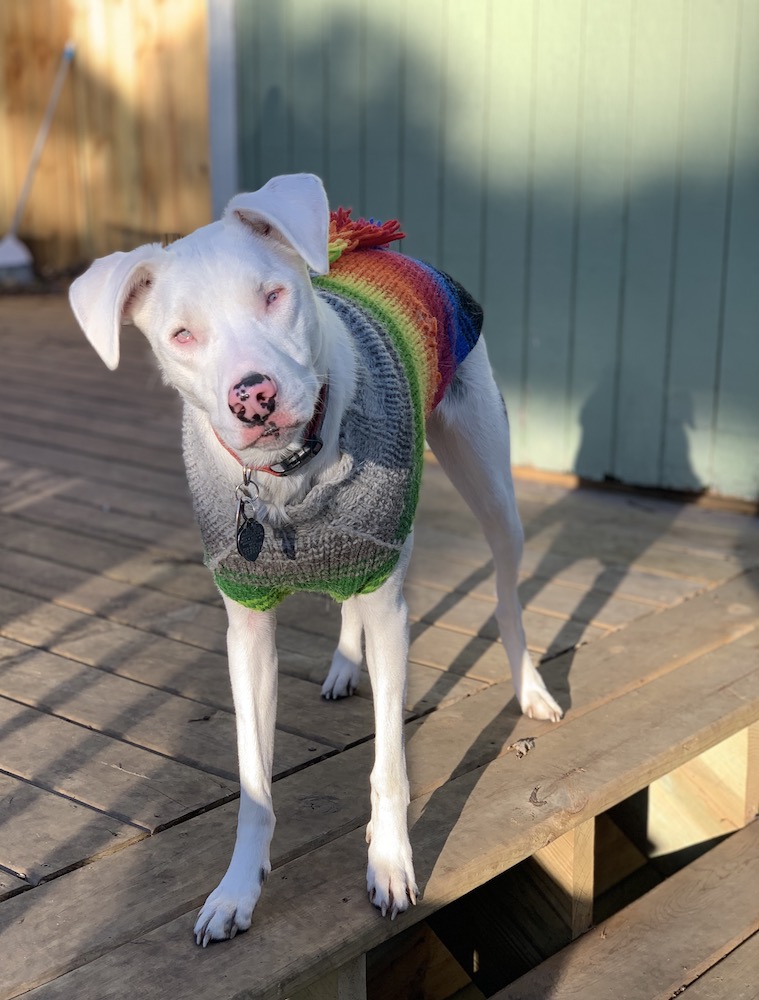
Haiku rocks a sweater just as well as any dog!






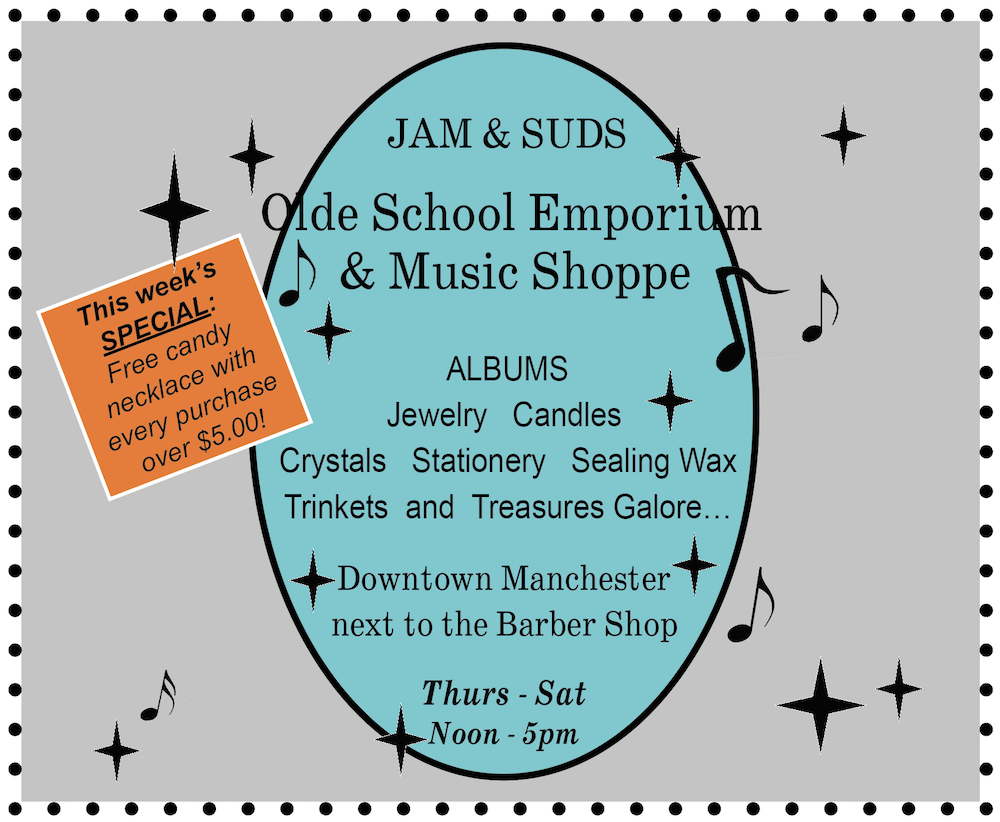

You must be logged in to post a comment Login